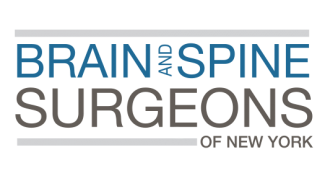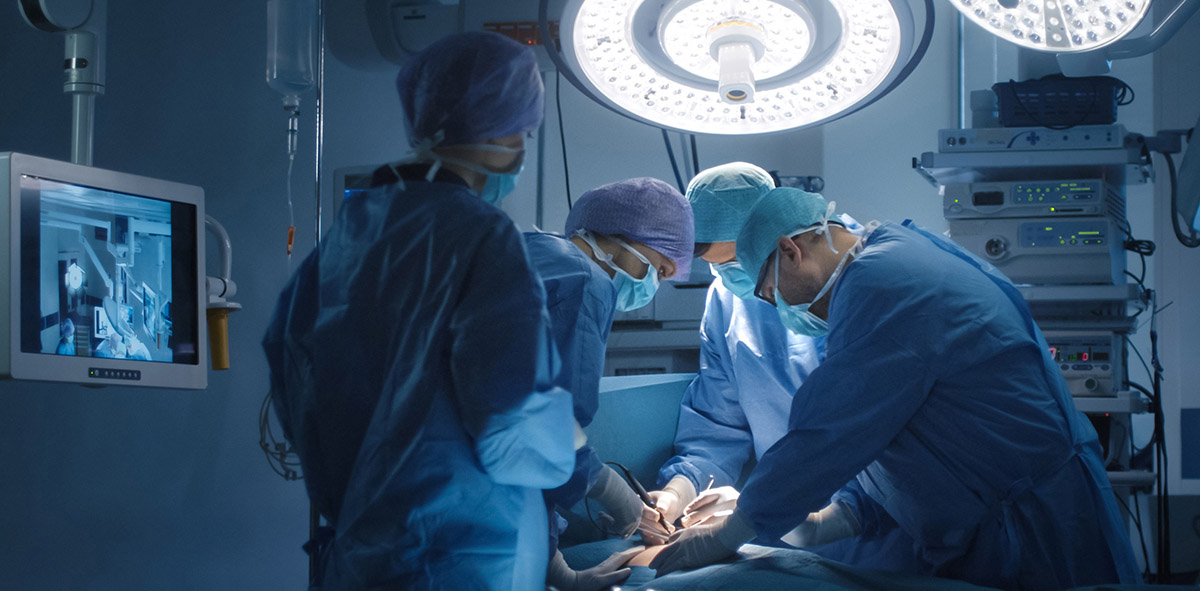
Degenerative Disc Disease
Degenerative disc disease is a common condition among aging adults that refers to the process of degenerative changes that occur in the discs – the soft, gel-like pads located between the vertebrae of your spine. Wear and tear on your spine over time cause the discs to gradually lose their ability to cushion the vertebrae.
At the same time, the outer layer of the spine can develop cracks, which gradually worsen. The discs may also develop herniated areas, which is where the central portion of the disc protrudes through the outer layer.
Symptoms
Symptoms for a degenerative disc disease depend on where the disc is located.
A cervical or neck disc herniation may cause:
- Pain, tingling, numbness, weakness in the neck, arms, or hands if compressing a nerve.
- If it compresses the spinal cord, it can also cause weakness in the legs
A lumbar disc herniation in the lower back may result in:
- Shooting pain into the buttocks or down the leg
- Local severe back pain or “burning” in the back
- Weakness in one or both legs
- Changes in bowel or bladder activity
- Lack of sensation or pins-and-needles tingling in one or both legs
Thoracic disc herniations, which affect the upper spine are less common than cervical or lumbar disc herniations, and often discovered as a secondary diagnosis. Often asymptomatic, they may be tricky to diagnose and could be a ticking time bomb if the herniation progresses to compress the spinal cord itself which could lead to paralysis of the legs.
Despite the fact that the physical degeneration in your spine will gradually progress over time, the good news is that your symptoms may not necessarily progress to the same extent. Sometimes, symptoms can even improve over time. A number of studies have shown that pain levels in this condition are actually worse in younger people than older. There are a few reasons why this may be so – the joints in the back tend to stiffen up with age, leading eventually to more stability; and also, the inflammatory chemicals that are contained within the nucleus pulposus can eventually become depleted.
For some people, however, particularly if the pain levels are severe, or if there is pressure on the nerve roots, symptoms will continue to escalate with time.
Treatment
Most people with degenerative disc disease respond well to conservative, non-surgical treatment. This conservative treatment typically includes anti-inflammatory medication and pain relievers. Physical therapy can help to manage your symptoms and may include manual therapy, heat, and other pain-relieving methods, stretching, strengthening exercises, and education to help you manage your condition.
For a small group of people who don’t respond to conservative treatment, surgery may be necessary, particularly if there are signs and symptoms of nerve compression or joint instability. There is a wide range of surgical techniques that may be used for this condition, depending on the extent and exact nature of the damage to the disc and spine.
These surgical techniques may include a microdiscectomy, a minimally invasive procedure, to remove the disc. Another option is implanting an artificial disc, made of metal and plastic, to maintain mobility of the spine. In the past couple of years, it has become more frequently utilized in cervical spinal surgery, but your spine surgeon will help you determine if that is the best option for you. Sometimes spinal fusion is the best choice. New techniques in spinal fusion surgery make it less traumatic and recovery may be significantly shorter.










